
Portable Carpet Cleaner Machine Manufacturers
-
 DY-511 Professional Cold-Water Carpet and Sofa Cleaner
DY-511 Professional Cold-Water Carpet and Sofa Cleaner
-
 DY-510 High-Suction Cold-Water Sofa Cleaner
DY-510 High-Suction Cold-Water Sofa Cleaner
-
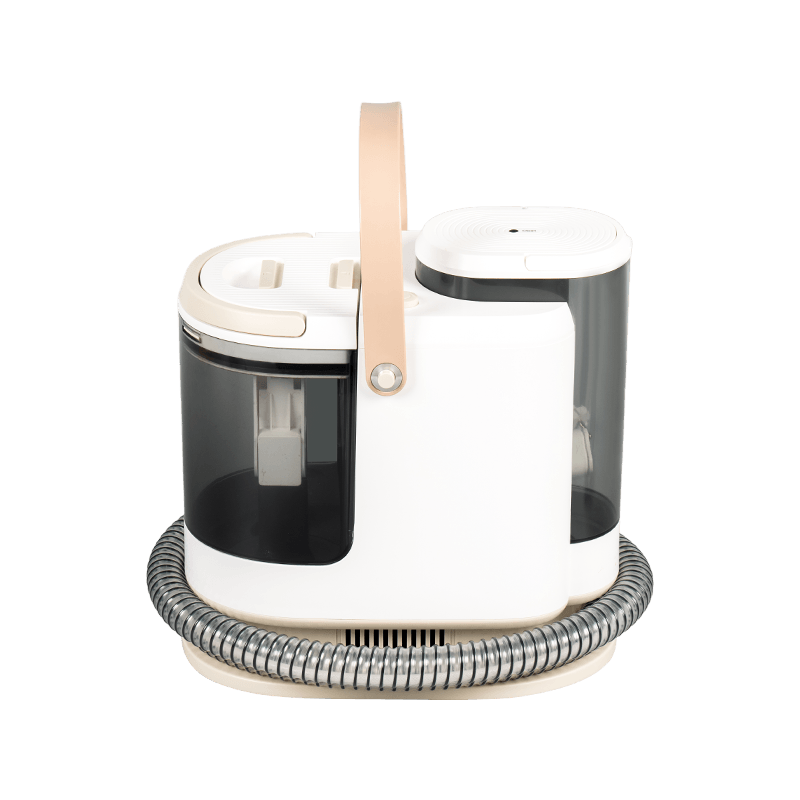 DY-507AC High-Temperature Steam Sterilizing Cleaner
DY-507AC High-Temperature Steam Sterilizing Cleaner
-
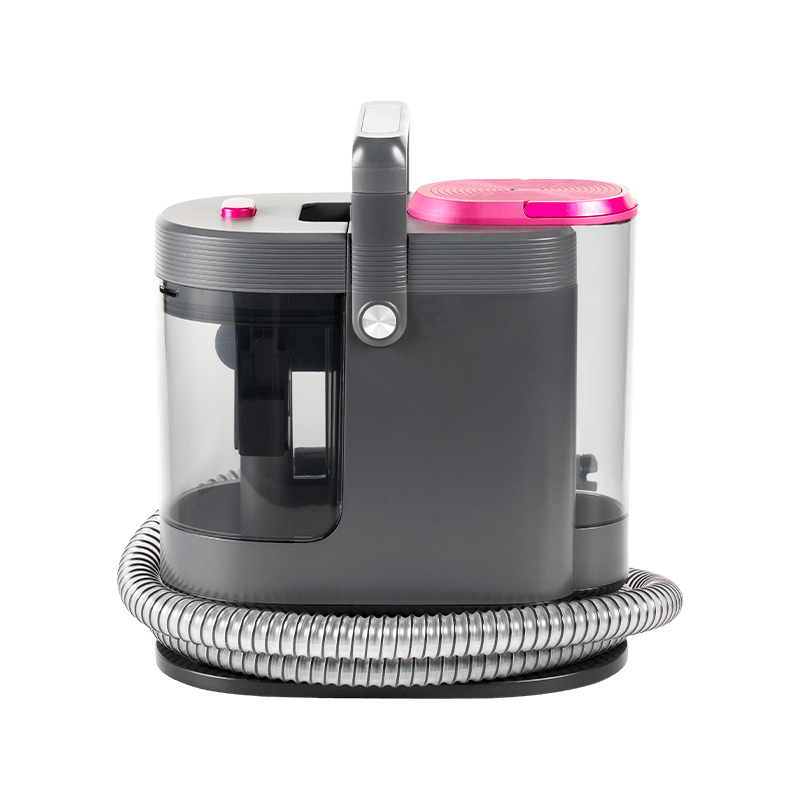 DY-508AC Customizable and Portable Steam Cleaner
DY-508AC Customizable and Portable Steam Cleaner
-
 DY-516 New Arrival Aesthetic Transparent Carpet Cleaner
DY-516 New Arrival Aesthetic Transparent Carpet Cleaner
-
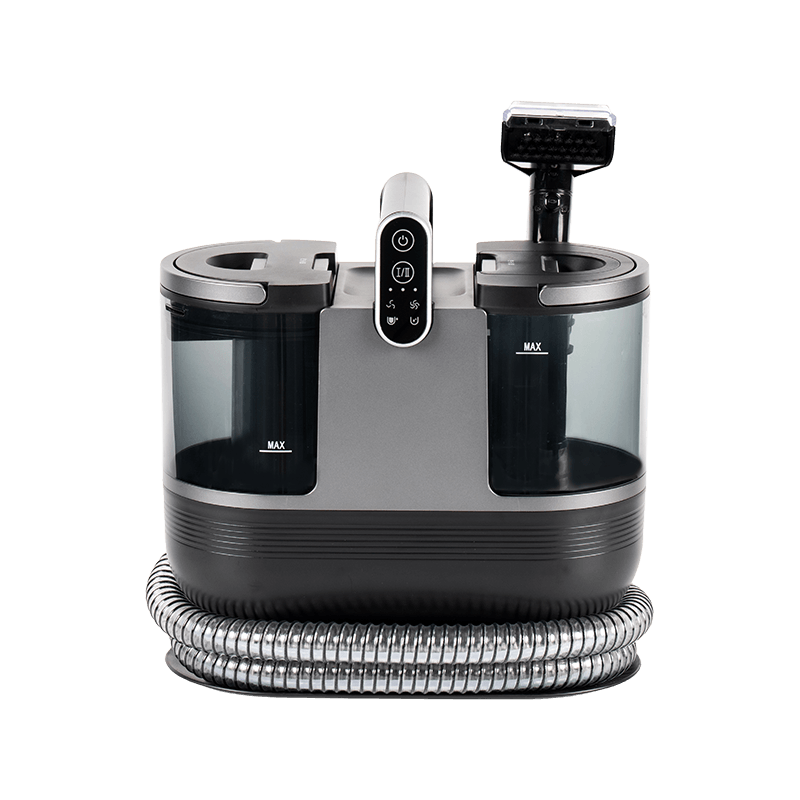 DY-506AC High-Suction Steam Sterilizing Cleaner
DY-506AC High-Suction Steam Sterilizing Cleaner
-
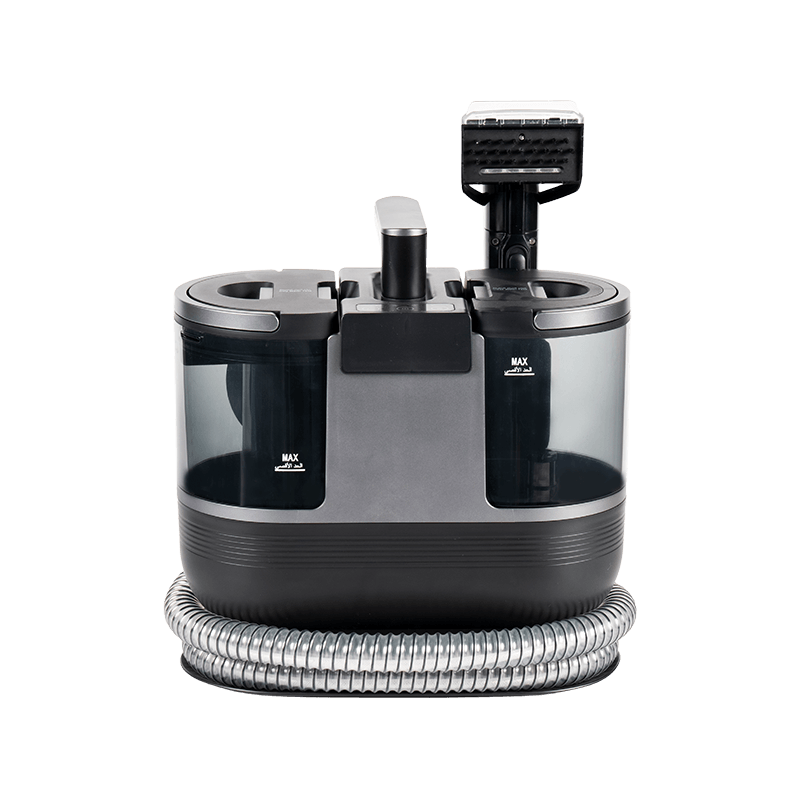 DY-506E Household Sofa, Carpet and Mattress Cleaner
DY-506E Household Sofa, Carpet and Mattress Cleaner
-
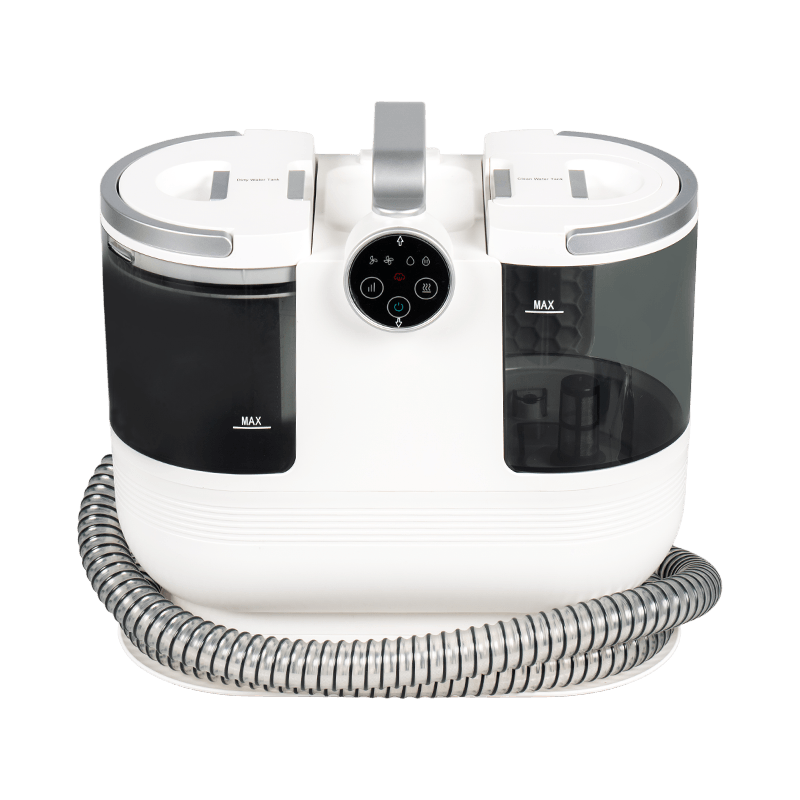 DY-506F Household Spray-Suction-Integrated Cleaner
DY-506F Household Spray-Suction-Integrated Cleaner
-
 DY-503AC Hot Water Multi-Functional Integrated Cleaner
DY-503AC Hot Water Multi-Functional Integrated Cleaner
-
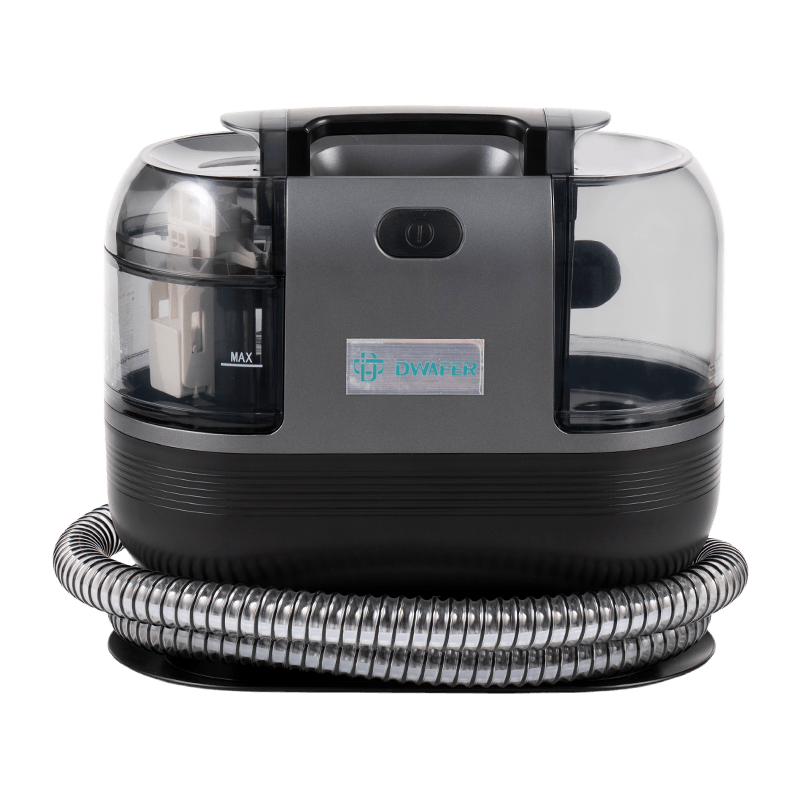 DY-503B Spray, Wash and Suction All-in-One Wet and Dry Cleaner
DY-503B Spray, Wash and Suction All-in-One Wet and Dry Cleaner
This series, including models like DY-511, DY-510, DY-507AC, DY-508AC, DY-506AC, DY-506E, DY-506F, DY-503AC, DY-503B, and DY-505, is applied for cleaning sofa, carpet, curtain, mattress, plush doll, car cushion, and office chair; it is produced with own facilities for mass production, supports customization of size, color, power and functionalities, and has parameters such as 600W-1200W rated power, 1600ml-2300ml clean water tank, and 750pcs-2070pcs loading quantity (20'/40'H); the series provides comprehensive technical support and after-sales service including production issue solving and maintenance advice, and has advantages of 3-in-1 function (water spray, scrubbing, sewage suction), dual-tank system, wired power option, and heated function in some models (e.g., DY-503B with 60±5℃ heating temp and 100±5℃ steam temp).


As China Portable Carpet Cleaner Suppliers and OEM/ODM Spot Cleaner Manufacturers, Founded in 2019, our company is a high-tech enterprise specializing in the R&D and production of cleaning appliances. Our main products include portable carpet and upholstery cleaners, portable vacuum cleaners, and cordless robotic pool cleaners.
As a nationally recognized high-tech enterprise, we operate a 18,000-square-meter digital production facility and an intelligent benchmark factory, complemented by a 500-square-meter urban office space. Our carpet cleaner production capacity reaches 3,000 units daily. Leveraging years of technical expertise in power line communication, we have established specialized R&D teams in Ningbo and Suzhou, holding over 40 patents.
The company holds ISO9001:2008 Quality Management System certification and BSCI compliance. Most products carry authoritative certifications including CCC, CB, CE, GS, ETL, ROHS, and REACH.
-
0
Founded In
-
0+
Company Staff
-
0+m²
Area Covered

-
 2025-11-13
Industry News
2025-11-13
Industry News
-
 2025-11-12
Industry News
2025-11-12
Industry News
-
 2025-11-12
Industry News
2025-11-12
Industry News
What types of stains can a spot and carpet cleaner effectively remove?
Common Household Stains Removable by Spot and Carpet Cleaners
Spot and carpet cleaners are designed to target a wide range of common household stains that occur on carpets, rugs, upholstery, and fabric surfaces. These devices combine suction, spray nozzles, and cleaning solutions to remove both surface-level and embedded dirt. They are effective for addressing fresh spills as well as some older marks that have begun to settle into fibers. In daily home environments, stains caused by food, beverages, dust accumulation, and everyday household activities can usually be handled with the assistance of these cleaners. Their design allows the cleaning solution to penetrate textile surfaces while the suction extracts loosened residues, making them useful for routine home maintenance.
Food and Beverage Stains Commonly Removed
Food- and drink-related stains are among the most frequently treated categories in carpet and upholstery cleaning. Spot and carpet cleaners can manage residues from coffee, tea, juice, soda, and similar liquids that tend to seep quickly into fibers. They can also help with food spills such as sauces, soups, and dairy products, which may otherwise leave discoloration if not treated promptly. The cleaning solution works to disperse organic substances, while the machine’s agitation or brushing action lifts particles to the surface. These types of stains are often water-based, allowing them to be loosened and extracted effectively with standard carpet-cleaning formulas.
Pet-Related Stains Including Odors
Households with pets often encounter urine, vomit, and general pet-related soil that can be difficult to clean without the right equipment. Spot and carpet cleaners designed for pet use often include specialized formulas that help break down biological residues. These cleaners also assist in reducing associated odors by removing the underlying contaminants instead of masking them. When used correctly, they help lift stains from deep within carpet padding, contributing to a cleaner environment for both pets and owners. Their ability to handle recurring pet spots makes them valuable for pet-friendly homes.
Outdoor and Ground-In Dirt from Foot Traffic
Regular indoor foot traffic can drag in particles such as soil, sand, and general outdoor debris. These materials gradually become embedded in carpet fibers, leading to darkened areas, especially near doorways and hallways. Spot and carpet cleaners can loosen particulate matter by applying cleaning solution and using suction to draw it out. This helps restore a more uniform carpet appearance. For households with heavy foot traffic, intermittent cleaning helps maintain fiber condition by preventing dirt buildup.
Oil, Grease, and Light Automotive Residue
Although oil-based stains are typically harder to remove, many modern carpet cleaners can help manage lighter grease or oily residues found in home workshops, garages, or kitchens. The effectiveness depends on the cleaning formula used, as some detergents contain agents that help break down oils. While heavily set or industrial-grade grease may require specialized treatment, spot and carpet cleaners can still address common household grease spills such as cooking oils or residues tracked from driveways.
Comparison of Common Stain Categories
| Stain Category | Typical Cleanability | Notes |
|---|---|---|
| Water-based food/drinks | High | Coffee, juice, tea, sauce spills |
| Pet-related stains | Moderate to high | Best with enzyme-based formulas |
| Ground-in dirt | High | Suitable for routine maintenance |
| Light oil/grease | Moderate | Formula-dependent |
| Cosmetic stains | Moderate | Makeup, lotions, some require pre-treatment |
How effective are spot and carpet cleaners at removing odors?
Effectiveness of Spot and Carpet Cleaners in Addressing Odors
Spot and carpet cleaners are designed not only to remove visible stains but also to help manage unpleasant odors that become trapped in carpet fibers and upholstery. Their effectiveness relies on a combination of cleaning solution chemistry, water penetration, and suction extraction. Odors often originate from spills, organic matter, or long-term absorption into fabric surfaces. By reaching deeper layers of the carpet pile, these machines can help reduce odor sources rather than simply covering them. The degree of odor removal depends on the type of residue, how long it has remained, and whether the correct cleaning solution is used.
How Cleaning Solutions Contribute to Odor Removal
Many spot and carpet cleaners rely on formulas designed to break down odor-causing molecules, especially those derived from organic substances such as food residues, pet accidents, or mildew. These formulas allow the machine to carry out both surface and deep cleaning. As the solution penetrates the fibers, it loosens particles that contribute to odor development. Suction then removes much of this material, helping reduce lingering smells. While some odors that penetrate into padding or flooring may require additional treatment, typical household odors can often be managed with a suitable cleaner and formula.
Pet Odor Removal and Biological Residues
Pet-related odors are among the most common issues faced by homeowners. Spot and carpet cleaners offer targeted solutions when used with enzyme-based formulas, which break down the proteins found in urine, vomit, and other organic residues. These formulas work by reducing the underlying source of the odor rather than masking it. The cleaner’s suction helps extract the dissolved residues after the enzyme has acted. In cases where the odor has soaked into the carpet backing or subfloor, repeated cleaning may be necessary, but for routine pet odor management, these machines provide a practical approach.
Addressing Musty or Moisture-Related Odors
Moisture that enters carpets from spills or humid environments can lead to musty odors caused by mold or bacterial growth. Spot and carpet cleaners can help mitigate these odors by removing the moisture and residue that contribute to microbial activity. Using a cleaning solution formulated for deodorizing, combined with strong extraction, helps dry the treated area more effectively. While they may not fully eliminate odors caused by deep or long-term moisture issues within structural materials, they are useful for routine surface-level odor control and preventing further buildup.
Effectiveness Across Different Odor Types
Odor removal effectiveness varies depending on the source and severity. Fresh spills or recently developed odors respond more reliably to carpet cleaning, while older or deeply embedded odors may require additional treatments. Still, spot and carpet cleaners remain a valuable first-line tool for managing both common household odors and more persistent issues. They help maintain a cleaner environment and reduce the frequency of professional cleaning services. By combining the right cleaning formula with proper machine use, homeowners can handle routine odors effectively.
| Odor Source | Typical Cleaner Effectiveness | Notes |
|---|---|---|
| Pet urine or vomit | Moderate to high | Best with enzyme-based formulas |
| Food or beverage spills | High | Water-soluble odors are easier to remove |
| Musty or damp odors | Moderate | Effectiveness depends on moisture depth |
| Cooking oils or grease | Moderate | May require degreasing additives |
Is the wastewater tank of the spot and carpet cleaner easy to disassemble and clean?
Ease of Disassembly in Wastewater Tank Structures
The wastewater tank in a spot and carpet cleaner is typically designed with a user-friendly structure to support routine maintenance. Many manufacturers focus on creating tanks that can be separated from the main machine body without the need for specialized tools. This approach allows users to manage the cleaning process with less effort, especially when the machine is used frequently in households or commercial environments. A removable wastewater tank usually includes features such as a large carrying handle, wide opening, and a secure latch system that offers stability during operation while remaining manageable for disassembly. These design considerations aim to reduce the time needed for users to empty and rinse the tank after each cleaning session.
Internal Tank Components Designed for Regular Cleaning
Inside the wastewater tank, the layout is often simplified to make routine rinsing more efficient. Many tanks include smooth inner surfaces that reduce the likelihood of dirt, debris, and cleaning solution residue sticking to the walls. This type of interior design helps users clean the tank with just running water in most cases, without requiring excessive scrubbing. Some wastewater tanks also include detachable internal sections such as filters or flow guides that can be removed for thorough cleaning when needed. By minimizing internal obstructions and crevices, manufacturers help prevent the buildup of unpleasant odors or mold inside the tank, which can develop when wastewater is left inside for an extended period.
Common Materials That Influence Cleaning Convenience
The materials used in wastewater tanks play a key role in determining how easy they are to maintain. Most tanks are made from durable polypropylene or ABS plastic, both of which resist staining and allow residue to be rinsed away smoothly. These materials also maintain stability when exposed to warm water during the cleaning process. The surface quality of the tank materials affects how quickly dirt can be removed. Some advanced models integrate antimicrobial materials that help limit bacterial growth over time. Although such materials do not eliminate the need for cleaning, they can support better hygiene between uses by reducing the chances of odor-causing buildup.
| Material | Cleaning Convenience | Resistance to Staining |
|---|---|---|
| Polypropylene | Easy to rinse, lightweight | Good resistance to residue |
| ABS Plastic | Smooth surface, durable | Resists most stains |
| Antimicrobial Blends | Supports hygiene between uses | Better odor control |
Tank Shape and Opening Size for Practical Maintenance
The geometry of the wastewater tank strongly affects its usability during cleaning. Tanks with wide openings allow users to easily pour out dirty water without spilling and also make it simpler to reach inside for manual cleaning when needed. A compact but accessible tank shape ensures that users can handle the tank even when it is full, reducing strain during maintenance. Some tanks also include built-in guides that direct wastewater out of the opening to avoid splashback. These functional shapes reflect the wider goal of improving user experience by supporting efficient maintenance routines without requiring extensive effort.
Impact of Easy Tank Cleaning on Machine Performance
A wastewater tank that is simple to disassemble and clean contributes to consistent machine performance. When the tank is emptied and rinsed regularly, the cleaner can maintain steady suction and prevent blockages caused by debris buildup. This also helps preserve the internal components of the machine by preventing wastewater from accumulating in areas that rely on airflow. Over time, a well-maintained wastewater tank supports the overall durability of the spot and carpet cleaner, allowing users to achieve reliable cleaning results during each use. While tanks vary slightly between models, the focus on ease of cleaning remains a common design priority across the industry.



 русский
русский Français
Français Español
Español Português
Português Deutsch
Deutsch عربى
عربى








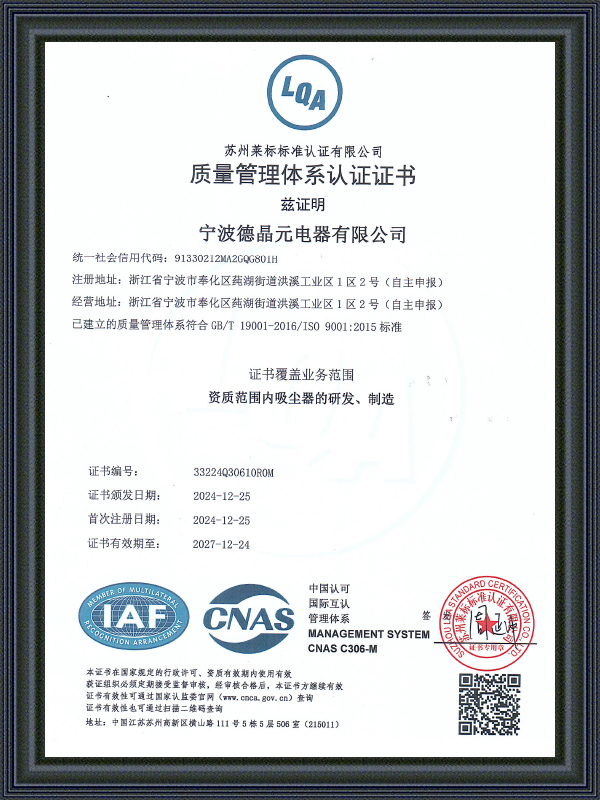



 +86-13685812396
+86-13685812396  No. 2, Zone 1, Hongxi Industrial Park, Chunhu Subdistrict, Fenghua District, Ningbo City, Zhejiang Province, China.
No. 2, Zone 1, Hongxi Industrial Park, Chunhu Subdistrict, Fenghua District, Ningbo City, Zhejiang Province, China. 